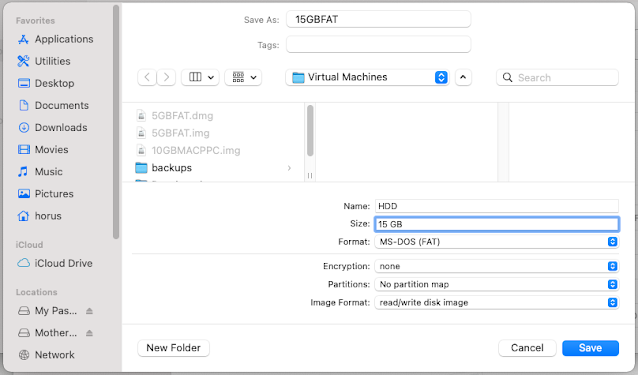Portativ Organ Project
What is a Portativ Organ
My love and fascination with pipe organs began at a very young age (like before I can even remember). When I started participating in the SCA (long, long age... in a galaxy far, far away), it was great that my passion for pipe organs was most definitely "period". However... the standard pipe organ is NOT a very portable instrument. All of my music training and lessons was for keyboard instruments... and basically none of the period keyboard instruments are very portable (organ, clavichord, harpsichord, etc). Until I started finding paintings and drawings of "laptop" pipe organs in period manuscripts and research. I had stumbled on the "portativ organ" (portable organ). From that moment on... I wanted one.
A Bit of History About Pipe Organs
Without diving into too much documentation... the origins of the pipe organ date back thousands of years. The origins of the pipe organ can be traced back to the hydraulis in Ancient Greece, in the 3rd century BC, in which the wind supply was created by the weight of displaced water. By the 6th century AD, the wind was supplied by bellows. In 757, Byzantine Emperor Constantius sent an organ and other costly gifts as peace offerings to Pepin the Short, King of the Franks. His act had remarkable consequences. In order that the gift might be copied, a Venetian monk was requested to teach organ building methods to students. From that time onward, the organ spread throughout Europe.The organ didn't really make its way into churches until about 900 AD and by the 1400's they were common in monastic churches and cathedrals throughout Europe. While most people link the organ to the church, the instrument was around for more than 1100 years before it made its way into a church setting. Up until 1500 AD, organs were only capable of making one sound regardless of how many sets of pipes it had. Mechanisms were developed so that separate sets of pipes could be "stopped off." This meant different "voices" could be played alone or in select combinations, providing some variation in dynamics (degrees of loud and soft) and color. Today, we routinely associate the organ with the ability to generate an array of sounds—as well as the power to make a splash by "pulling out all the stops."
The Portativ Organ
We see an explosion of imagery starting in the 12th-13th century in Europe of very small, laptop organs containing a small run of 9-28 flute pipes with either buttons or (later) keyboards played by the right hand while the left hand pumps a small bellow.
 | ||
A painting of Saint Cecilia playing a portativ
|
Since the 1950's, there has been a resurgence of the portativ, with (mostly European organ builders) once again building a variety of portativ organs. Below I've included a number of YouTube links to various performances by modern musicians on a variety of protativ organs.


Comments
Post a Comment